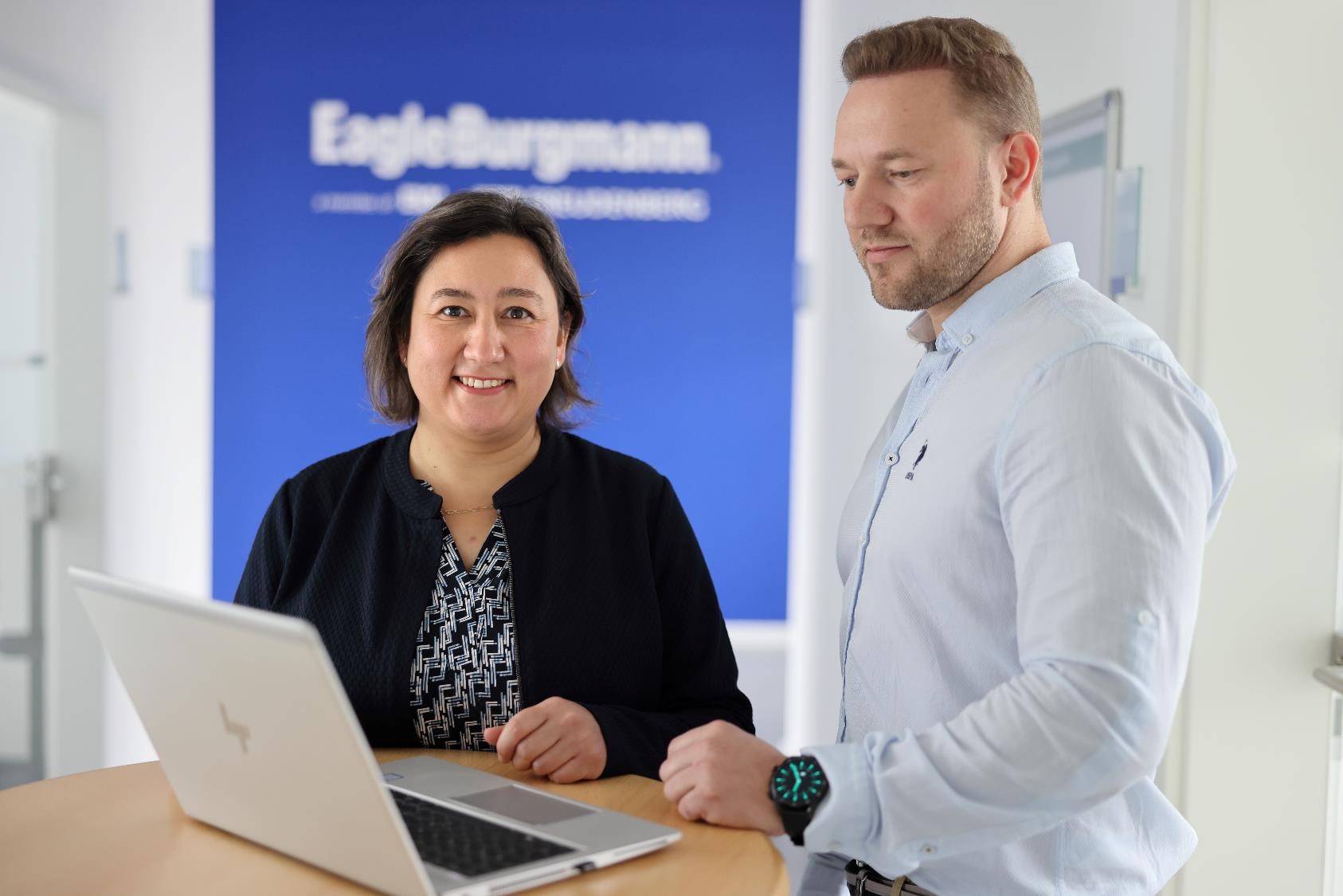Usually when employees need customized software applications, they turn to their IT department. Or do they? This is no longer always the case at Freudenberg. Low code and no code platforms (LCNC) allow citizen developers, or rather, users with little to no experience of programing, to develop their own smaller applications. IT departments then provide the right infrastructure and support.
“How do you eat an elephant? Simple. One bite at a time.” Not to be taken literally, the saying that we use almost daily at work roughly describes something we call salami slicing. Salami slicing is about breaking something up into smaller pieces to make it easier to handle. The salami in our story below is data. So much data in fact that people need digital tools to analyze and deal with it effectively. Every day at Freudenberg, thousands of specialists and experts around the world deal with data that is generated or utilized in complex processes – whether in manufacturing, sales, or research and development. Petia Philippi, Manager of Research & Development at the EagleBurgmann Business Group is one such expert.

Petia Philippi with a colleague. Photo: EagleBurgmann
Taking a sharp knife to the data
The engineer recently helped develop a new tool that can simplify design contract management. “The tool digitally maps the entire process with interfaces to other departments, the necessary forms and approval loops,” says Philippi. A unique aspect was that she programmed the tool herself, and without any prior knowledge. A low code and no code platform (LCNC) – in this case, the “Microsoft Power Platform” – made it possible. In support of a Group-wide initiative, Philippi took her idea and put it into practice to provide a “proof of concept” for the LCNC platform – in other words, to demonstrate the concept’s feasibility.
The U.S. market research firm, Gartner, forecasts that, by 2023, more than 50 percent of all mid-sized to large companies will have introduced LCNC platforms as part of their overall IT strategy. Such platforms allow technical specialists with little to no IT and programming expertise to create their own applications. The advantage: Complex specialist work processes can be facilitated digitally quickly and easily – and by future users themselves. Citizen developers can use visual building blocks or low code to configure the tool to improve their processes – taking a sharp knife to the data salami.
The Freudenberg Sealing Technologies (FST) Business Group now has close to 500 citizen developers. So far, they have used the platform to create almost 1000 apps and more than 2000 workflows. “We also have over 50 volunteer key users in our FST Power Platform Community who act as additional contacts for interested parties,” says Sascha Stetzelberg, Power Platform Administrator from FST’s IT department.
We also have over 50 volunteer key users in our FST Power Platform Community who act as additional contacts for interested parties
Sascha Stetzelberg

IT expert Sascha Stetzelberg from FST. Photo: private
After an extended pilot phase, in which security aspects, training and licensing issues, among other things, were clarified, the platform has now been rolled out globally at FST. This means that every one of the 7,500 employees with a Business Group email address has access and can use the platform. “The platform allows us to make outdated applications and processes more efficient by creating value faster,” says IT expert Stetzelberg. “It’s important to balance productivity and safeguards with the right amount of governance and security.”
By way of a click
Today, there are many best practice examples, such as the best practice of an FST colleague from the Remagen site who used the platform to digitize a previously manual process. During the visual inspection of manufactured products, a number of errors would recur. These were previously notified in a multi-step process using paper, spreadsheets and email before being finally entered into the correct system. However, this error-prone system is now a thing of the past. Instead, the responsible person now uses a tablet to click through the required input fields. The report is then immediately saved in the correct database and the information automatically distributed to the relevant people.
Seeing how diverse the different use cases are and how great the need for tools that enable the prototype development with limited programming skills, was very impressive.
Nina Quante
What the hack?
Philippi and Stetzelberg were two of 120 colleagues from nine Freudenberg Business Groups to take part in a virtual workshop series on the platform organized by Freudenberg Technology Innovation (FTI). Stetzelberg even held a keynote. The workshops were offered via the Technology Platform Digitalization and the Data Analytics Network. Sixty participants identified and prioritized use cases from the various Business Groups. Five projects from these were selected, for which mixed teams from across the Group developed prototypes in the style of a hackathon. Philippi’s project was among them. Since citizen developers know the technical problems, tasks and processes well, the path from the idea to the first prototype is usually shortened. In this case, it was only four weeks. “Seeing how diverse the different use cases are and how great the need for tools that enable the prototype development with limited programming skills, was very impressive,” says workshop series organizer Nina Quante.
A portrait of her work as a Data Scientist at FTI can be found here. “The event proves that the LCNC platform is an excellent approach. The collaboration in this Freudenberg-wide interdisciplinary group is hugely enriching and represents an enormous step forward.”

